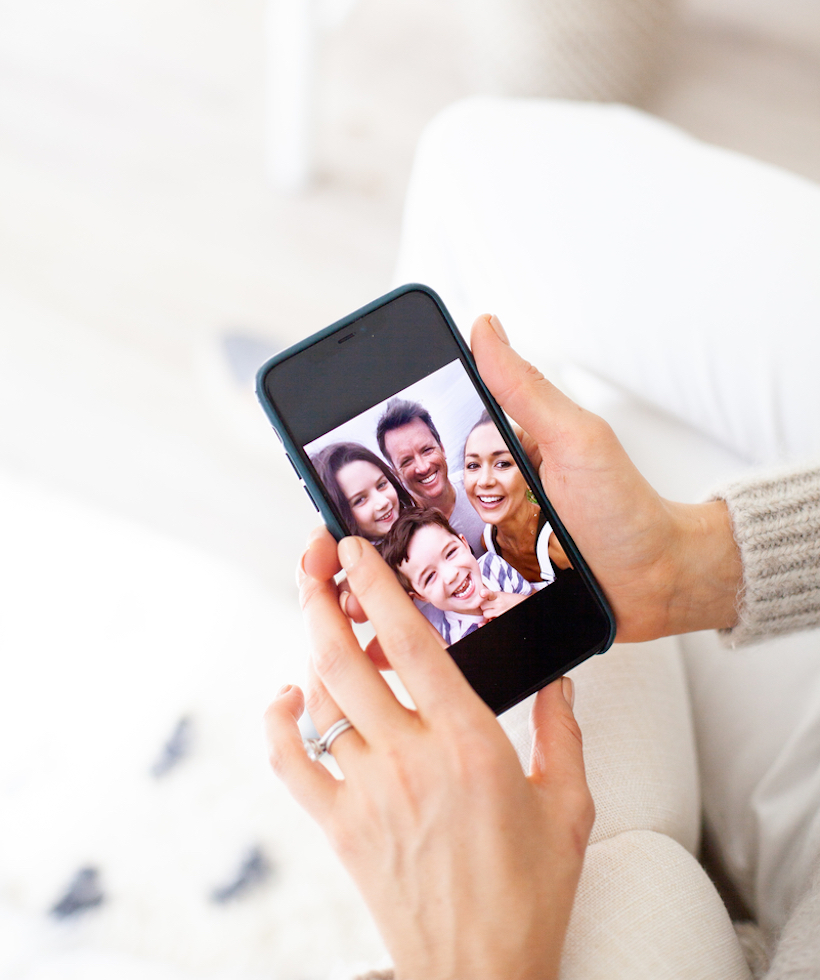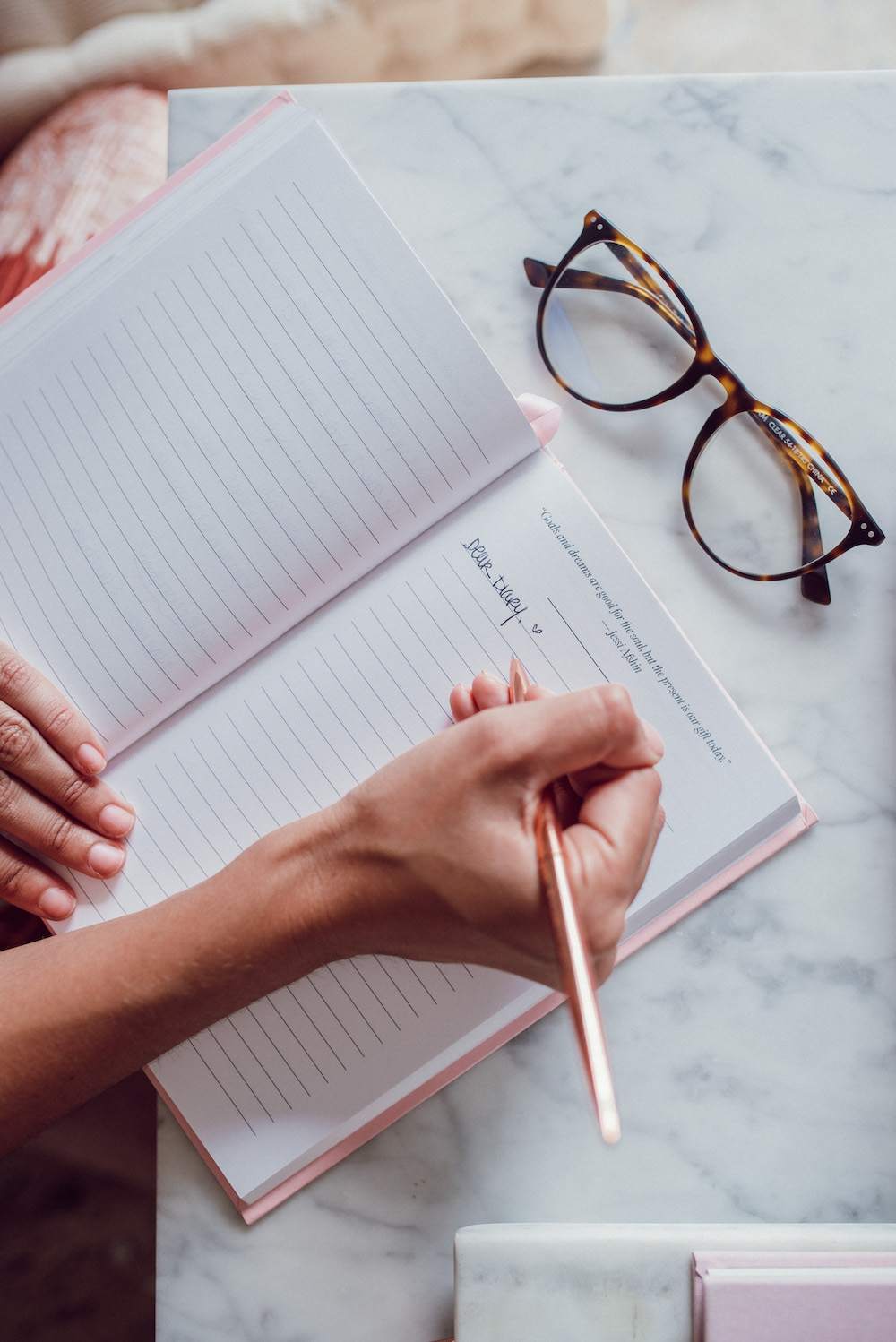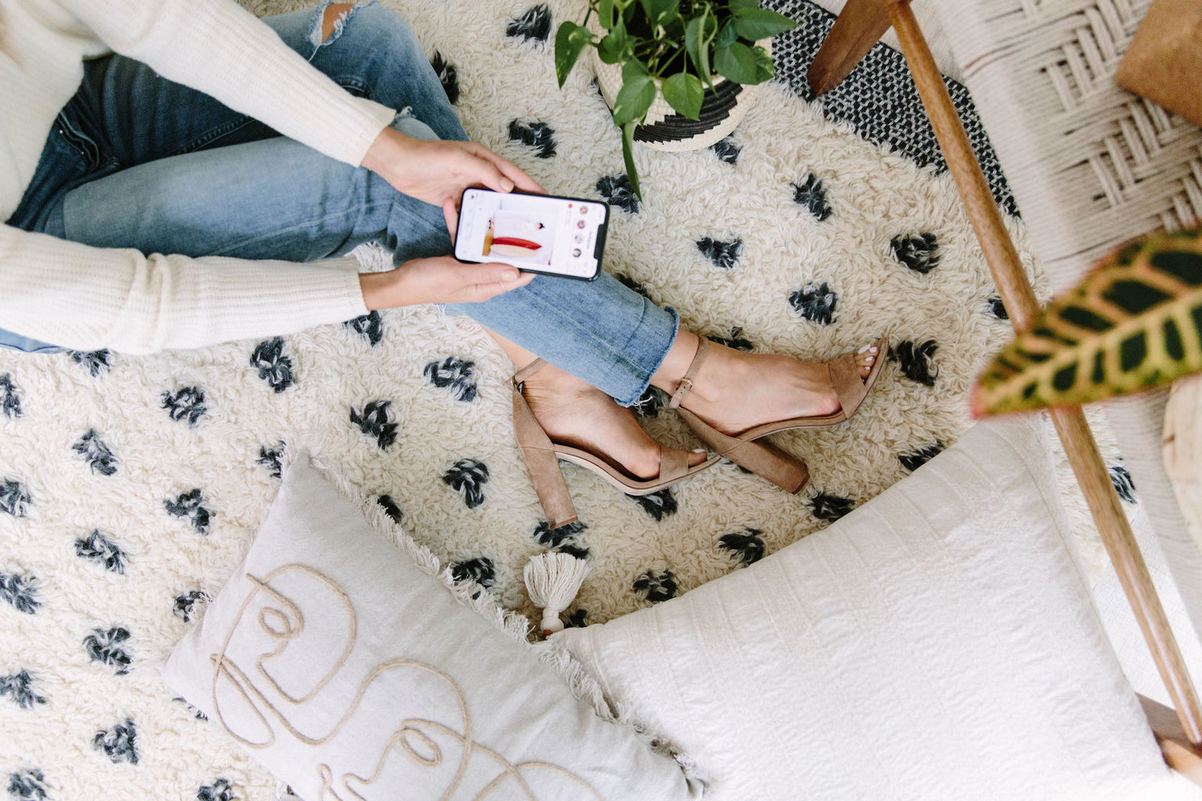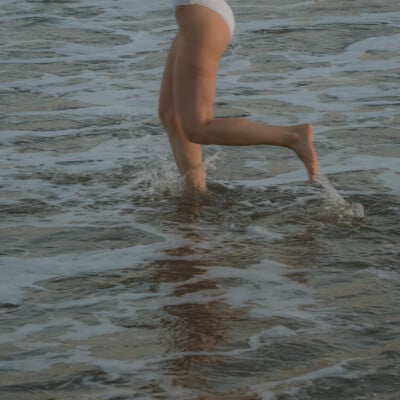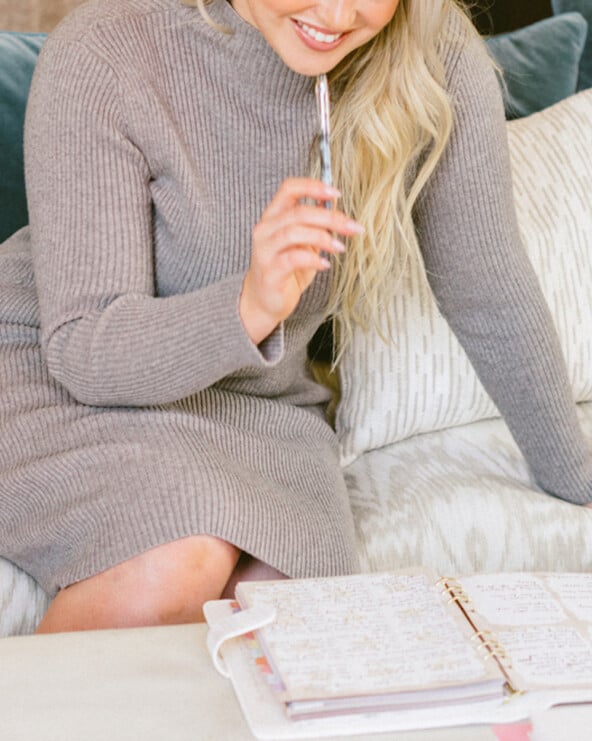Never have I spent more time on my phone that I did this past June.
Between following the daily hourly happenings of the Black Lives Matter movement, and checking my newsfeed every 20 minutes for covid updates, by each day’s end my thumbs were sore from scrolling and my screen time report actually scared me. Though in the past I’ve been pretty good about drawing social media boundaries for myself, the events of this summer made me throw caution to the wind — my phone and I were all in. The things happening in the world were so intense, it felt like staying “caught up” was almost a moral imperative.
To be fair, I was learning so much about representation and racial justice from the diverse group of people whose content I was absorbing – and for that, I’m grateful. But when I made the decision to not post anything to the platform for the month of July (for reasons I shared here), I realized it was the perfect time to get off Instagram altogether. It turned out to be just the break I needed, and now as we start August and I just reloaded the app to my phone, our relationship feels refreshed and reset.
Scroll on for a few things I learned during my Instagram sabbatical, including what new habits I’ll be carrying with me into the fall.
1 – A true break requires deleting the app from my phone.
For the first week, I was shocked at how frequently I found myself absentmindedly swiping through my apps in search of the Instagram icon before realizing it was deleted. We’re talking multiple times a day, like a reflex that I wasn’t even aware I had whenever I found myself with five seconds of inactivity on my hands. It made me realize just how frequently I open the app throughout the day to check what’s new, and how little down time I allow myself to just think or daydream or take a pause. The only way to break my habit was to make it way too inconvenient to open the app – as in, completely delete it from my phone.
2 – I magically had more time in my day.
You know that quote “You have as many hours in a day as Beyoncé”? Well, I learned that one way to actually feel that way is to not spend several of those hours on social media. My 30 day break removed all the things I regularly do on Instagram: scrolling, reading, liking, commenting, answering DM’s, planning my feed, shooting photos, writing captions, and scheduling posts. And as a result, I suddenly had a lot of time and brain space freed up for doing other things.
I don’t think it’s a coincidence that July was the month where I did the following:
- Rediscovered my love of watercoloring.
- Wrote more journal entries than I ever have before.
- Launched a big new creative project.
- Created a comprehensive style guide for our team and contributing writers.
- More walks, phone calls, and texts with my good friends since I didn’t feel like we were “catching up” on the ‘gram.
3 – I didn’t lose any followers. In fact, I gained a few.
Gotta love that algorithm.
4. My discovery of current events was more news-driven – and consumed at a slower pace.
Even though a part of me loves learning about news events the moment they happen, over the last couple months, I started feeling like I was in constant fight-or-flight mode. Constantly reading, reacting, and responding to events as they happen is just unsustainable for the long term, at least if I want to nourish my mental health.
While I was off Instagram, my news consumption was pretty simple: I read the daily briefing that the New York Times dropped in my inbox each morning, and then generally stayed off it the rest of the day. Truthfully, I missed reading the impassioned and “real life” responses that would have been in my feed, but on the upside, I spent more time interpreting news for myself, talking it over with Adam while we drank our coffee, and felt way calmer and less stressed.
5. It was a good reminder that my identity is not tied up in our social platforms.
I felt some anxiety when I pushed that “delete” button on my Instagram app. Many of us are so used to posting what happens in our lives, and then receiving reactions from the people who follow us, that removing it feels a little scary. It’s almost as though our relevance is proven by the external validation provided by social media, which in theory is ridiculous… but we feel it all the same.
One of the biggest things that happened when I got off social media for the month was… nothing happened! How refreshing to realize that we have the choice to use, or not use, our technology and it’ll be just fine either way.
6. Instagram brings some truly positive things to my life – and I missed them!
Over the past several months, I’ve seen in a new way how Instagram can be a tool for activism, change, and awareness – where influencers and brands are held accountable for their words and actions. It’s been inspiring to see so many people choose to use their platforms for good rather than simply for self promotion. This is something that I’m personally committed to for the long term, and it’s reawakened a sense of purpose in how I’m using social media.
The Black Lives Matter movement inspired me to unfollow people who weren’t bringing value to my life, and simultaneously discover so many diverse and interesting BIPOC who I wasn’t previously following. Much of my feed became a place of learning, discovery, and understanding a more nuanced and cultural perspective on what was happening in the world. An argument could be made that that perspective is biased based on the “bubble” of people I’m actually following, and that’s fair. I think it’s crucial to make sure we’re following people who are aligned with truth and justice – and if you can stomach it, follow a handful of people whose beliefs you may disagree with, but who can convey them in a thoughtful and educated way. The minute we stop listening to the people whose beliefs are not aligned with our own is also when we can start to be fundamentalist, and view the “other side” as somehow less human than our own.
Second, I genuinely missed keeping up with people I care about on the ‘gram! Even though it’s no substitute for offline relationships, during this time of covid, I appreciate the ability to keep up with snippets from friends’ and family members’ day-to-day lives. In the month of July, I had a couple of friends who took epic road trips with their families, and another friend had a baby. I found myself begging them via text to send me screenshots of their Instagram posts so I could see what they were up to.
***
Now that I’m back on Instagram with a fresh perspective, I’m recommitting to being intentional about how I can reintegrate the good while leaving the more negative influences out of my life. What types of safeguards can I put in place to make sure that Instagram doesn’t become a crutch for scrolling when I have a moment of downtime? How can I cut down on the amount of time and mental space it takes in my life? I think these answers are personal for each of us, so I won’t recommend a quick fix or a “top 3 ways” list. My point is, when it comes to our social media use, the ball is in our court. If Instagram or any other platform is making you feel bad or taking up too much space in your life, think about why, and actively take steps to fix it. Consider sleeping with your phone in a different room, or deleting the app for the weekend, or giving yourself a daily time limit.
And if you find yourself craving a total break? See point #5 and be reminded: nothing bad will happen. Now is the perfect time to experience what unplugging feels like and bring a little more calm and intention to our days.

